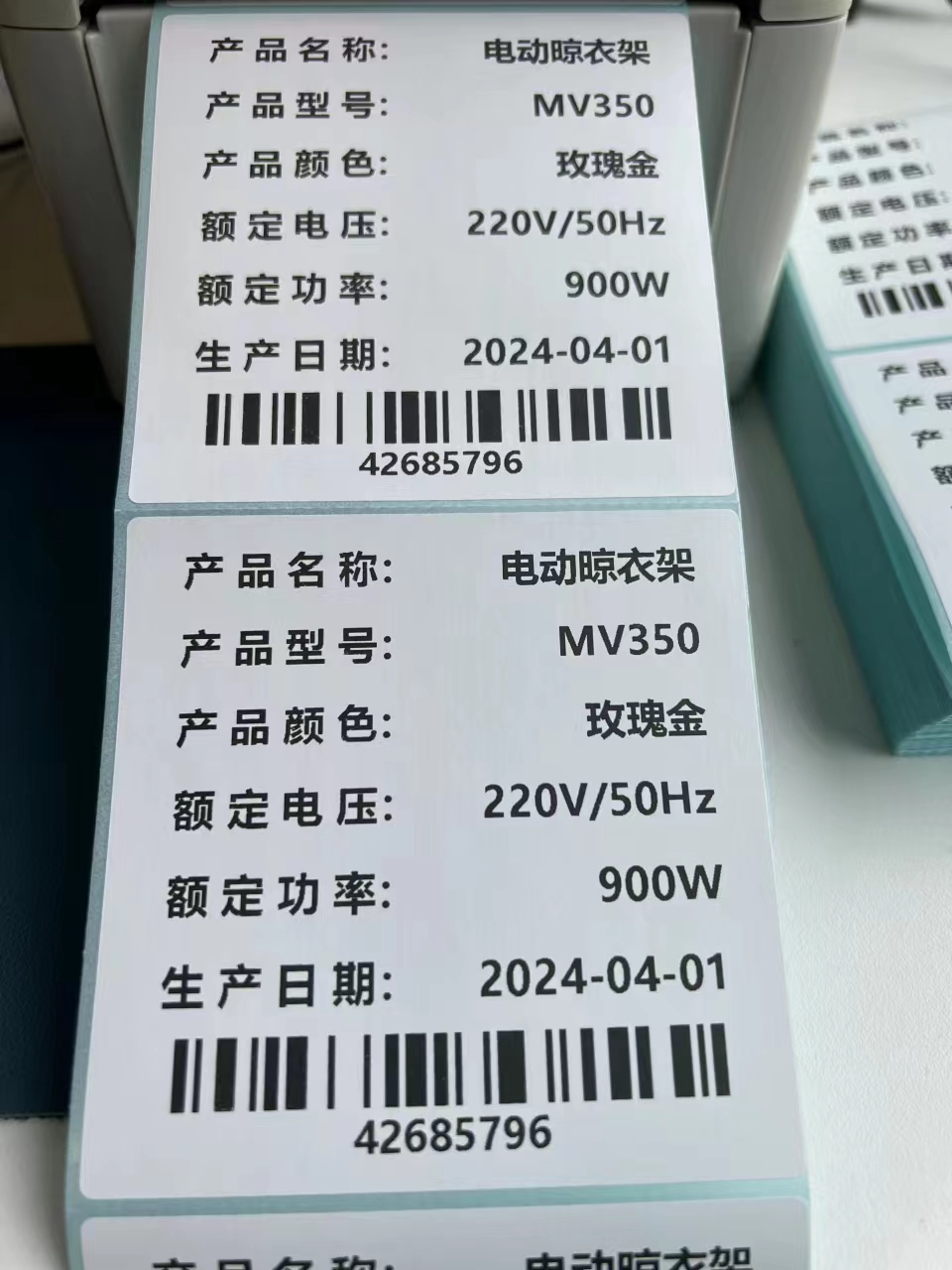Working principle of thermal label paper
The working principle of thermal label paper is mainly based on its special coating material.
Thermal label paper is coated with a heat-sensitive material, usually some kind of heat-sensitive coloring agent. When this label paper is subjected to a specific heat action, such as heating through the print head of a thermal printer, the thermal material will undergo a chemical reaction, resulting in a color change.

Specifically, the print head generates heat in the corresponding position according to the information to be printed. This heat causes the heat-sensitive material to undergo a color-changing reaction at these locations, forming marks such as text, patterns or bar codes. Different temperatures and heating times will lead to different degrees of color change, so as to achieve the recording and display of information.
For example, in the supermarket checkout counter, the thermal printer prints out the shopping receipt, which is the use of this principle of thermal label paper. As the print head moves across the paper and heats up, details of the transaction are formed on the paper. Similarly, in the logistics industry, the thermal paper used for package labels is also used in this way to record the relevant information of the package.
This working principle makes the thermal label paper have the advantages of fast printing and no ink, but there are also some limitations, such as being more sensitive to temperature, and the storage time may be relatively short.


